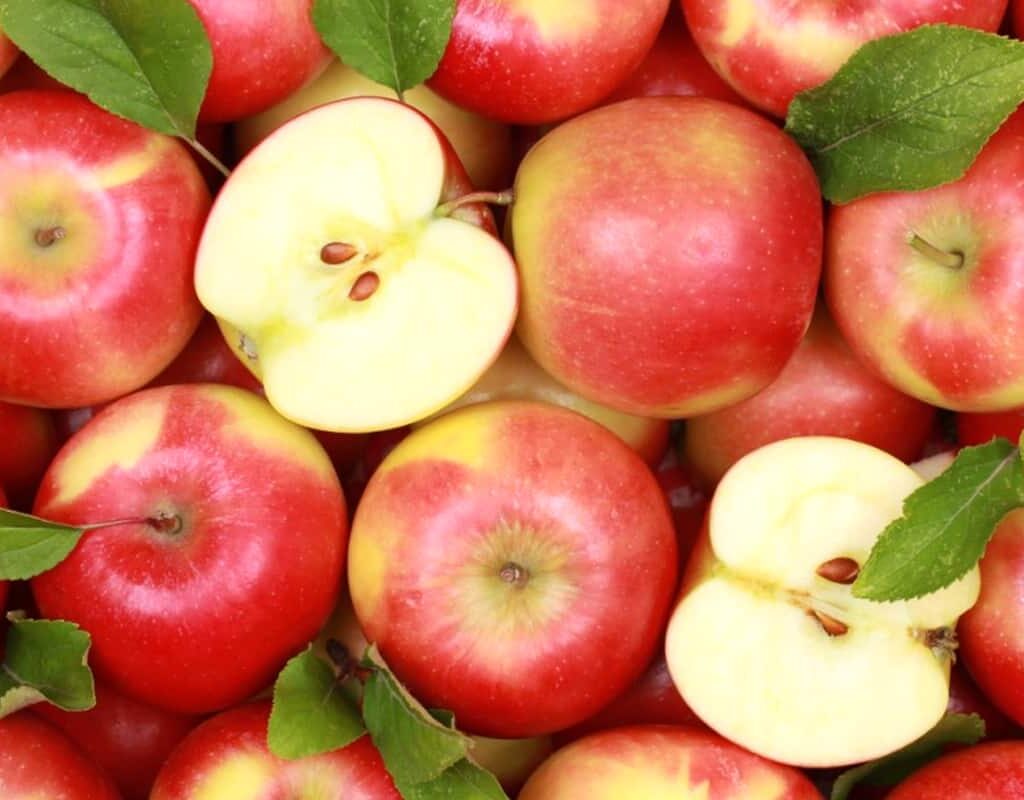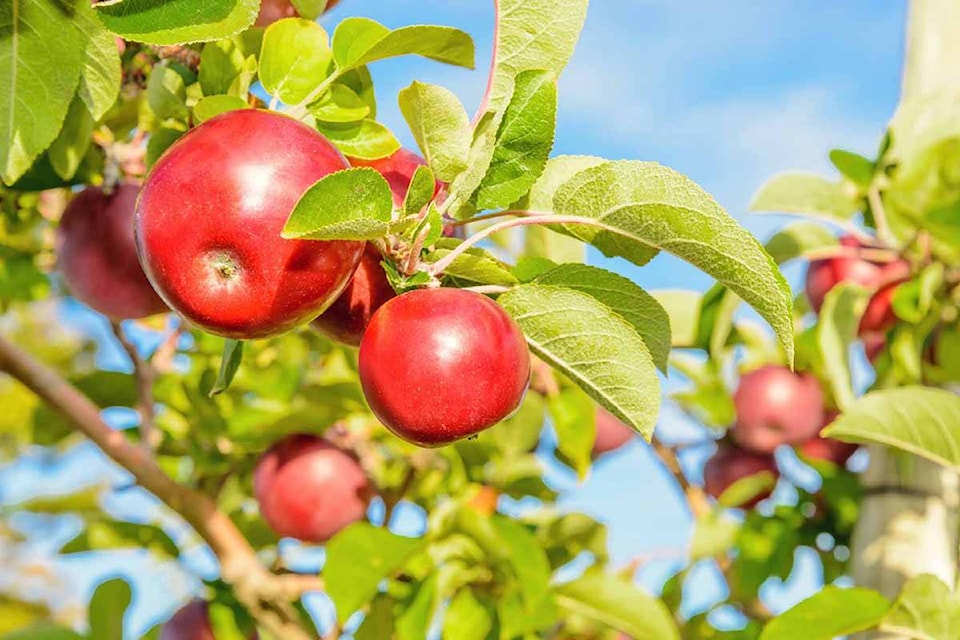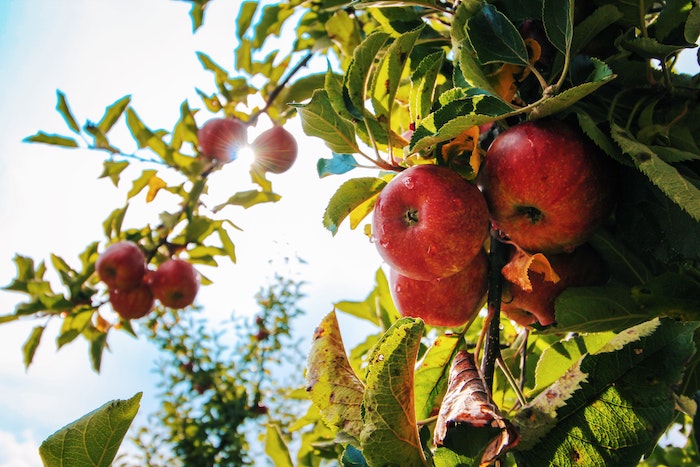Apple cultivation is a global agricultural activity, but its trade dynamics vary significantly between regions. Asia and Europe, both major players in apple production and export, offer distinct models shaped by geography, policy, consumer demand, and technological integration. This thesis explores and compares apple exports from Asia and Europe, examining production volumes, key exporters, trade routes, consumer preferences, and the future potential of each region.
Global Overview of Apple Production
Apples are one of the world’s most consumed fruits, with global production exceeding 87 million metric tons in 2024. China dominates the scene, producing nearly half of the world’s apples. However, being a top producer doesn’t automatically translate to being a top exporter. Export dynamics are governed not just by surplus, but also by quality, market access, infrastructure, and international trade agreements.
While Europe leads in quality-driven exports, Asia—led by China and India—is more production-heavy, catering to large domestic markets and select exports.
Apple Export Landscape in Europe

1. Leading Exporters
Europe houses several of the world’s top apple exporters:
- Poland: The largest apple exporter in Europe. Its favorable climate and EU subsidies make it a competitive player. In 2024, Poland exported over 1.2 million tons of apples, mainly to neighboring European countries, the Middle East, and Africa.
- Italy: Particularly known for premium varieties like Golden Delicious and Gala. Italy exported over 900,000 tons of apples in 2024, with Germany, the UK, and North Africa as key markets.
- France: Focuses on high-quality apples with strong branding (e.g., Pink Lady, Granny Smith). French apple exports reached around 600,000 tons, with emphasis on traceability and pesticide-free cultivation.
2. Export Strategies
European apple exports thrive on:
- Strict quality control under EU regulations.
- Geographic Indications (GI) that promote regional specialties.
- Cold-chain logistics and advanced storage facilities.
- Export incentives and subsidies under the EU Common Agricultural Policy (CAP).
3. Target Markets
Europe exports both within the continent (intra-EU trade) and to North Africa, the Middle East, and Southeast Asia. Key characteristics of European exports include long shelf life, cosmetic appeal, and organic certification.
Apple Export Landscape in Asia

1. Leading Exporters
Asia, led by China, produces more apples than any other region:
- China: Produces more than 45 million tons annually. Though it exports only ~1 million tons, it has increased its export focus in recent years—mainly to Southeast Asia, Russia, and the Middle East.
- India: Despite being a top producer, India’s exports are low (under 50,000 tons). Most production is consumed domestically due to high internal demand.
- Iran and Uzbekistan: These nations are emerging apple exporters, especially to Gulf countries and Central Asia.
2. Export Strategies
Asian exporters operate differently:
- Low-cost production enables price competitiveness.
- Export focus is mostly on neighboring countries with fewer phytosanitary barriers.
- Investments in post-harvest technology are increasing, particularly in China and India.
- China promotes Fuji apples, which have high export value.
3. Target Markets
Asia exports mostly to emerging economies—Vietnam, Bangladesh, Pakistan, UAE, and Russia—where price matters more than branding or organic certification.
Key Differences Between Asia & Europe in Apple Exports

| Factor | Europe | Asia |
|---|---|---|
| Main Exporters | Poland, Italy, France | China, Iran, India |
| Export Volume | High (Poland: 1.2M tons/year) | High in China, low in others |
| Quality Focus | Premium, organic, GI-protected varieties | Cost-effective, standard varieties |
| Key Markets | EU, Middle East, North Africa | Southeast Asia, Middle East, Russia |
| Export Drivers | EU policy, cold-chain, branding | Low cost, domestic surplus |
| Challenges | Labor shortages, pesticide restrictions | Infrastructure gaps, lower branding |
| Trade Agreements | Strong EU FTAs | Growing bilateral and RCEP influence |
Strengths and Weaknesses
Europe’s Strengths:
- High-quality apples preferred in premium markets.
- Strong branding and certifications like organic, GMO-free, and fair trade.
- Supportive EU-wide trade policies reduce internal tariff barriers.
Europe’s Weaknesses:
- Higher labor and production costs.
- Vulnerability to climate change and unpredictable frosts.
- Over-reliance on EU internal markets.
Asia’s Strengths:
- Massive production potential (especially China).
- Large domestic markets that provide buffer from global price shocks.
- Lower input costs and increasing investments in technology.
Asia’s Weaknesses:
- Inconsistent quality and grading standards.
- Less branding and weak international marketing.
- Limited access to developed markets due to phytosanitary restrictions.
Emerging Trends

1. Shift Toward Organics
European exporters are rapidly expanding organic apple cultivation due to rising demand in the EU and North America. Asia, especially China, is now catching up by setting up organic zones to meet this demand.
2. Controlled Atmosphere Storage (CA)
Europe is advanced in CA storage which allows apples to stay fresh for longer and travel further. China has begun investing in similar technology to reduce post-harvest losses.
3. E-commerce and Direct-to-Consumer Models
In Asia, platforms like JD.com and Alibaba are opening up new channels for apple distribution, while European producers are experimenting with subscription boxes and farm-to-door delivery models.
4. Climate Change & Sustainability
Both regions are affected by erratic weather. European farmers are shifting to climate-resilient varieties, while Asia is investing in drip irrigation and crop insurance schemes.
Policy and Trade Influence

Europe:
- The EU Free Trade Agreements (FTAs) with countries like Egypt, Canada, and Japan make exports smoother.
- Brexit has influenced trade flows, with the UK now sourcing more from non-EU countries, opening up Asian opportunities.
Asia:
- China’s participation in the Regional Comprehensive Economic Partnership (RCEP) will ease apple trade among 15 countries, potentially boosting exports.
- India’s export incentives for Himalayan apples are being revised to enhance competitiveness.
Conclusion
Both Asia and Europe are significant in the global apple trade, yet their approaches differ. Europe excels in quality, traceability, and premium exports, whereas Asia thrives on volume, price competitiveness, and expanding regional influence.
In the future, as consumer demand shifts toward organic, clean-label, and sustainably-grown apples, both regions will need to innovate. Europe must lower costs and expand to newer markets, while Asia must improve post-harvest systems and quality grading. The ideal apple exporter of the future may combine Asia’s scale with Europe’s finesse—a blend of quantity and quality.
Understanding these contrasts not only helps in trade negotiations and policy-making but also sets a benchmark for improving domestic production and export strategies in other apple-producing countries worldwide.




Leave A Comment